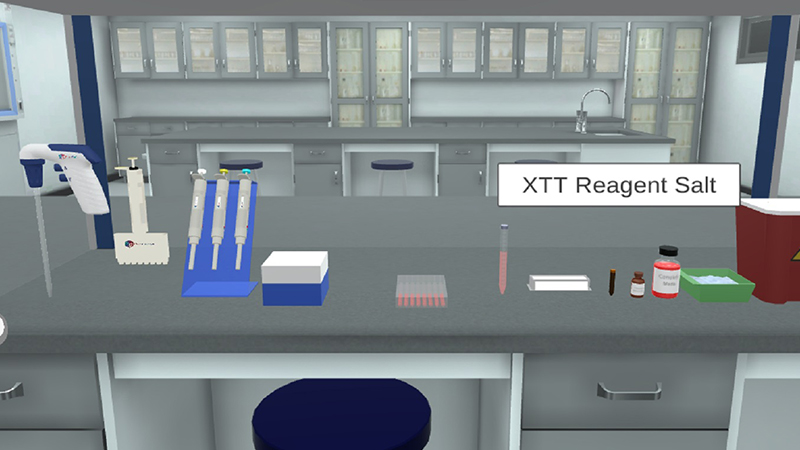In-Vitro Viability Assay Using Tetrazolium Salt XTT
Biology | Toxicology | Biochemistry | Pharmacology






2.5M+
Active Users Worldwide
80%
Improved Learning Retention
60%
Reduction in Laboratory Costs
XTT Viability Assay experiment aims at testing the viability of cultured cells after exposure to the geometric concentration of different nanoparticles.
In Vitro Analysis of Cell Viability using XTT Colorimetric Assay
Successfully handle the required instruments and consumables needed in the XTT test.
Researchers, as in Nanotechnology, can either look for:




